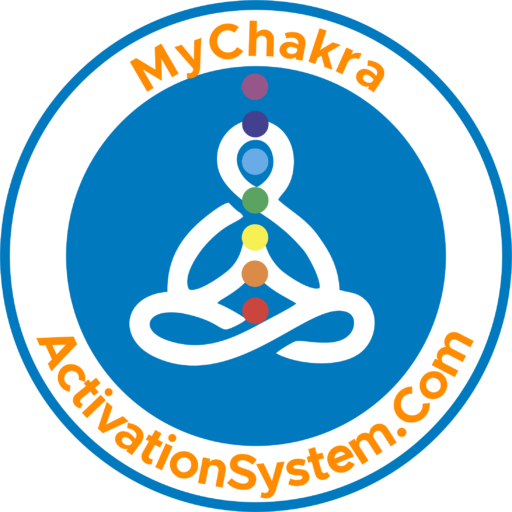The Subtle Body and its Energy Centers
The concept of the subtle body and its energy centers, known as chakras, is deeply rooted in ancient Indian traditions such as Hinduism and Tantra. While these energy centers cannot be seen with the naked eye, they are often depicted as vibrant and colorful symbols that can be found in yoga studios and spiritual stores.
Understanding the Chakras
The chakras are believed to be swirling wheels or vortexes of energy that exist within the subtle body. There are seven main chakras, each associated with a specific location in the body and having its own unique qualities and characteristics.
The Seven Chakras
1. Root Chakra (Muladhara): Located at the base of the spine, the root chakra is associated with stability, grounding, and our basic survival needs.2. Sacral Chakra (Svadhisthana): Located in the lower abdomen, the sacral chakra is associated with creativity, passion, and our emotions.3. Solar Plexus Chakra (Manipura): Located in the upper abdomen, the solar plexus chakra is associated with personal power, confidence, and self-esteem.4. Heart Chakra (Anahata): Located in the center of the chest, the heart chakra is associated with love, compassion, and emotional well-being.5. Throat Chakra (Vishuddha): Located in the throat, the throat chakra is associated with communication, self-expression, and speaking one’s truth.6. Third Eye Chakra (Ajna): Located between the eyebrows, the third eye chakra is associated with intuition, insight, and spiritual awareness.7. Crown Chakra (Sahasrara): Located at the top of the head, the crown chakra is associated with higher consciousness, spiritual connection, and enlightenment.
Interpretations of the Chakras
The interpretations and understanding of the chakras can vary across different spiritual traditions and practices. Some view the chakras as purely energetic centers, while others believe that imbalances or blockages in the chakras can manifest as physical or emotional ailments.In Hinduism, the chakras are often associated with deities and specific qualities. For example, the root chakra is associated with the deity Ganesha, who represents stability and removal of obstacles. The heart chakra is associated with the deity Krishna, who embodies love and compassion.In Tantra, the chakras are seen as pathways to spiritual awakening and enlightenment. Practices such as meditation, breathwork, and yoga are used to activate and balance the chakras, allowing the individual to experience a deeper connection with their true self and the universe.
Working with the Chakras
Many people incorporate chakra healing and balancing practices into their spiritual and wellness routines. This can involve various techniques such as meditation, visualization, sound healing, and energy work.By working with the chakras, individuals aim to restore balance and harmony within their subtle body, promoting overall well-being and spiritual growth. It is important to note that working with the chakras is a personal journey, and what works for one person may not work for another.In conclusion, the chakras are fascinating energy centers within the subtle body that have been a part of Indian traditions for centuries. While their interpretations may vary, the chakras provide a framework for understanding and exploring our energetic and spiritual selves. Whether you choose to explore the chakras through yoga, meditation, or other practices, the journey of self-discovery and inner transformation awaits.

Leave a Reply